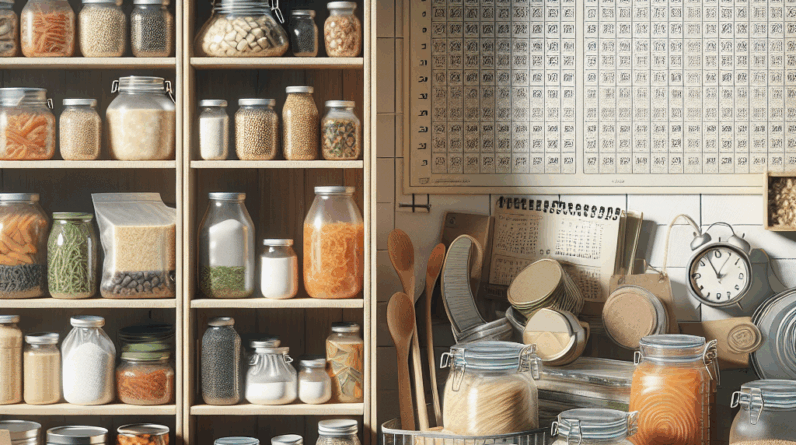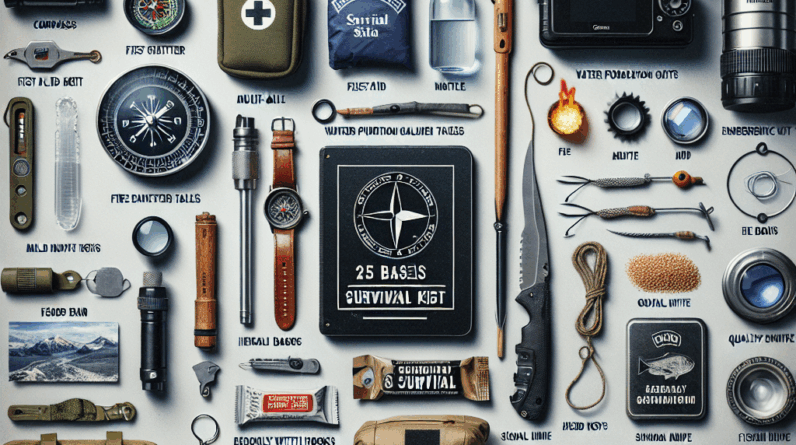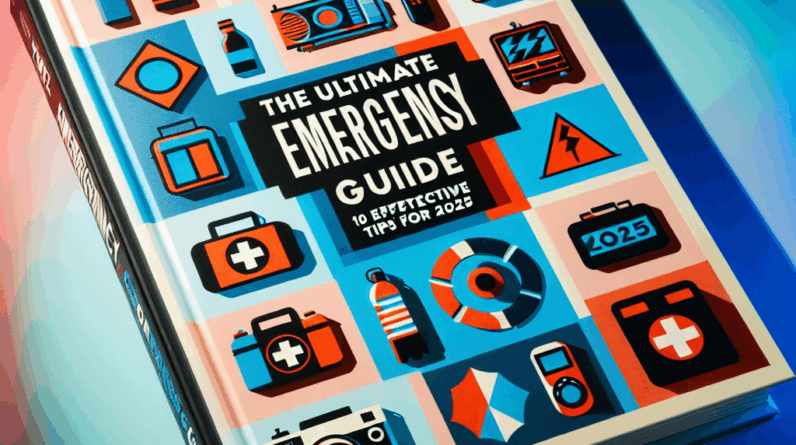
As we approach 2025, ensuring the longevity and safety of our food supplies becomes increasingly crucial. This guide will explore ten effective strategies for long-term food storage, helping you maintain a sustainable and reliable food supply.
Use Mylar Bags and Oxygen Absorbers
Mylar bags have emerged as a top choice for long-term food storage due to their ability to block light, moisture, and oxygen—all of which are detrimental to food preservation. Experts suggest using high-quality, food-grade Mylar bags to extend the shelf life of grains, beans, powders, and dehydrated foods up to 25 years. The addition of oxygen absorbers significantly enhances this effect by reducing oxygen levels in the bag, thus slowing oxidation and preventing bacterial growth.
For optimal results, it’s important to seal these bags properly using a heat sealer to create an airtight environment. Real-world applications have demonstrated that foods stored in Mylar bags can remain edible for over two decades. This method is not only effective but also cost-efficient and adaptable to various scales, from individual households to larger community preparations.
Invest in Proper Containers and Sealers
Choosing the right containers is essential for effective long-term food storage. Options range from food-grade plastic to glass and stainless steel, each offering different benefits. Plastic is lightweight and cost-effective, glass prevents odors and staining, and steel is exceptionally durable. For optimal food preservation, containers should have airtight seals to keep out pests and moisture.
Vacuum sealing is another effective technique to consider as it removes air from the container, extending the food’s shelf life and saving storage space. Incorporating smart vacuum sealers, which have become more affordable, helps maintain the integrity of your food supplies over long periods.
Store in Optimal Conditions
Maintaining the right temperature and humidity levels is critical for preserving the longevity of stored food. Ideally, food should be stored in a cool environment (below 70°F or 21°C) to slow down the degradation process. Using climate-controlled storage spaces or insulated areas can help achieve this.
Additionally, protect your food from light exposure and pests. Light can degrade nutrients quickly, while pests can cause significant damage. Utilizing dark, opaque containers and implementing pest control measures such as traps or natural deterrents are effective strategies to combat these issues.
Choose Nutrient-Dense, Shelf-Stable Foods
When selecting foods for long-term storage, focus on nutrient density and shelf stability. Foods like dried beans, lentils, rice, and canned meats are excellent choices as they provide essential nutrients and have long shelf lives.
Incorporating a variety of foods, including freeze-dried fruits and vegetables, ensures a balanced diet and reduces the risk of menu fatigue. The use of spices and flavor enhancers can also make stored foods more enjoyable to consume over time.
Rotate Your Food Stock Regularly
To ensure freshness and viability, it’s important to rotate your food stock periodically. Implementing a First-In, First-Out (FIFO) system helps manage shelf life and prevents waste. Regular inspections and updates to your inventory can help you keep track of your stock and make necessary adjustments.
Utilize Dehydration and Freeze-Drying
Dehydration and freeze-drying are excellent methods for preserving food as they remove moisture and extend shelf life. These techniques are suitable for a wide range of foods, including fruits, vegetables, and meats. Home dehydrators and freeze-dryers are now more accessible, allowing you to prepare and store your own long-term food supplies.
Implement Inventory Management Systems
Utilizing digital tools and software can greatly enhance your ability to manage large quantities of stored food. These systems can help track expiration dates, quantities, and storage conditions, making it easier to maintain an organized and efficient food storage system.
Use Preserving Techniques Like Canning and Fermentation
Canning and fermentation are time-tested preservation methods that can significantly extend the shelf life of foods. These techniques are especially useful for preserving seasonal produce and creating a diverse and nutritious food supply.
Prepare for Emergencies with Backup Supplies
Having a backup supply of non-perishable foods is essential for emergency preparedness. This stockpile should be sufficient to sustain your household for at least three months and include a variety of nutrient-rich foods.
Keep Learning and Stay Updated on Food Storage Trends
The field of food storage is constantly evolving, with new techniques and products being developed. Staying informed through reliable sources and continuous learning will help you adapt and improve your food storage strategies.
By following these ten strategies, you can ensure that your long-term food storage is effective, sustainable, and ready to support you and your family in 2025 and beyond.





